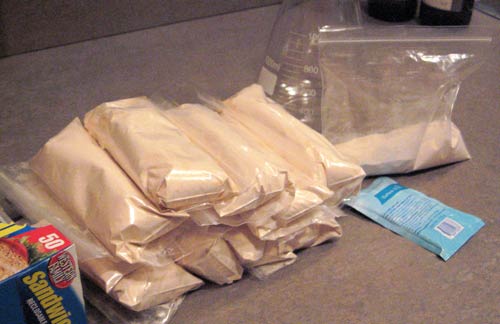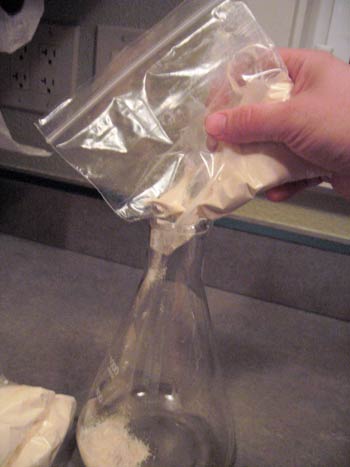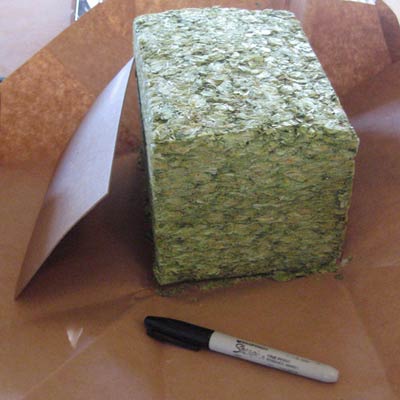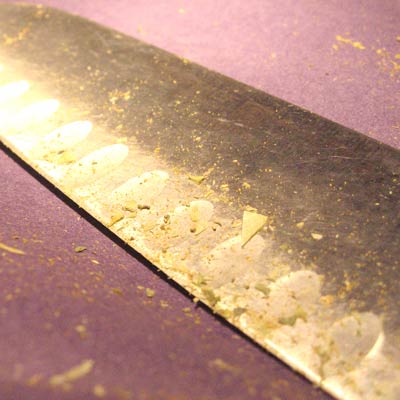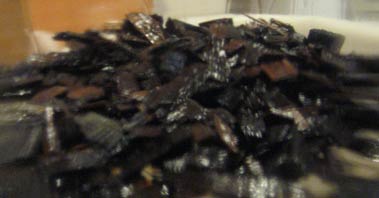I’m rather ashamed to write this, but yesterday I finally poured out a carboy of brown ale that I brewed on MLK Jr. Day (Jan 21st) that has been sitting in primary fermentation for 4 months. It was neglected because I’ve been busy with grad school, work, family, and projects around the house. Additionally, I never really wanted a brown ale, but the style is a favorite among my family.
Anyway, the dirty, dusty carboy was finally accessible again, and since I have no kegs to transfer it to, so I decided that it would be best to just cut my loss and move on. Out of curiosity, I managed to sip from the pour like you would from a garden hose, and I’m sad to report it wasn’t bad.
Now I must resolve to not brew again until I have the time to treat the beer appropriately. I also need to brew soon, since it’s beer season. Well, one of the beer seasons.
